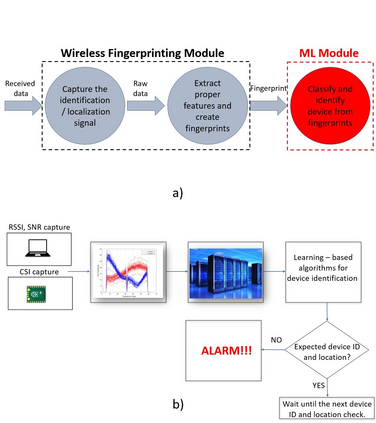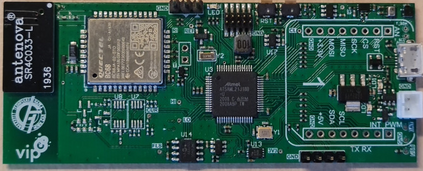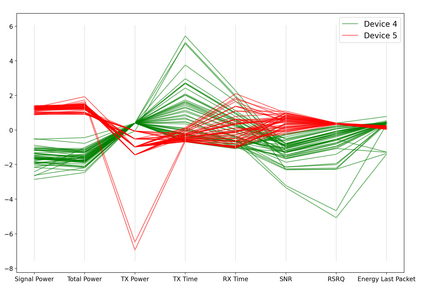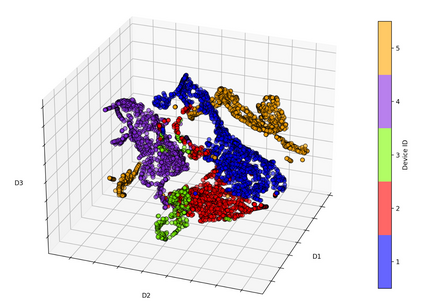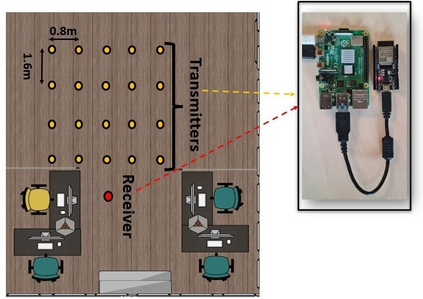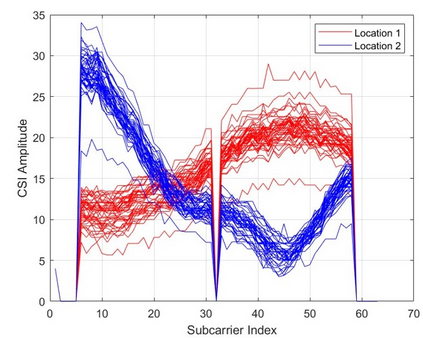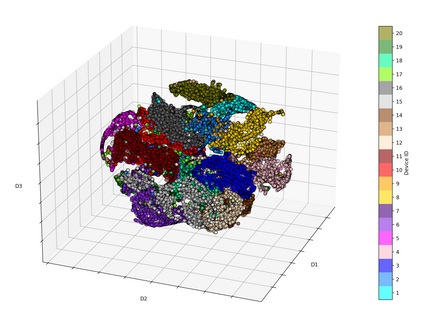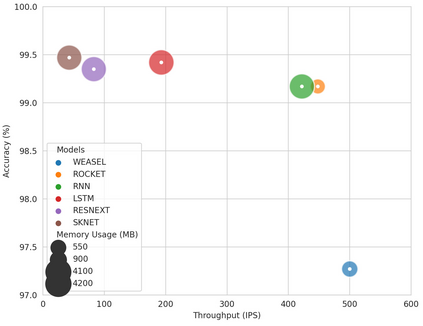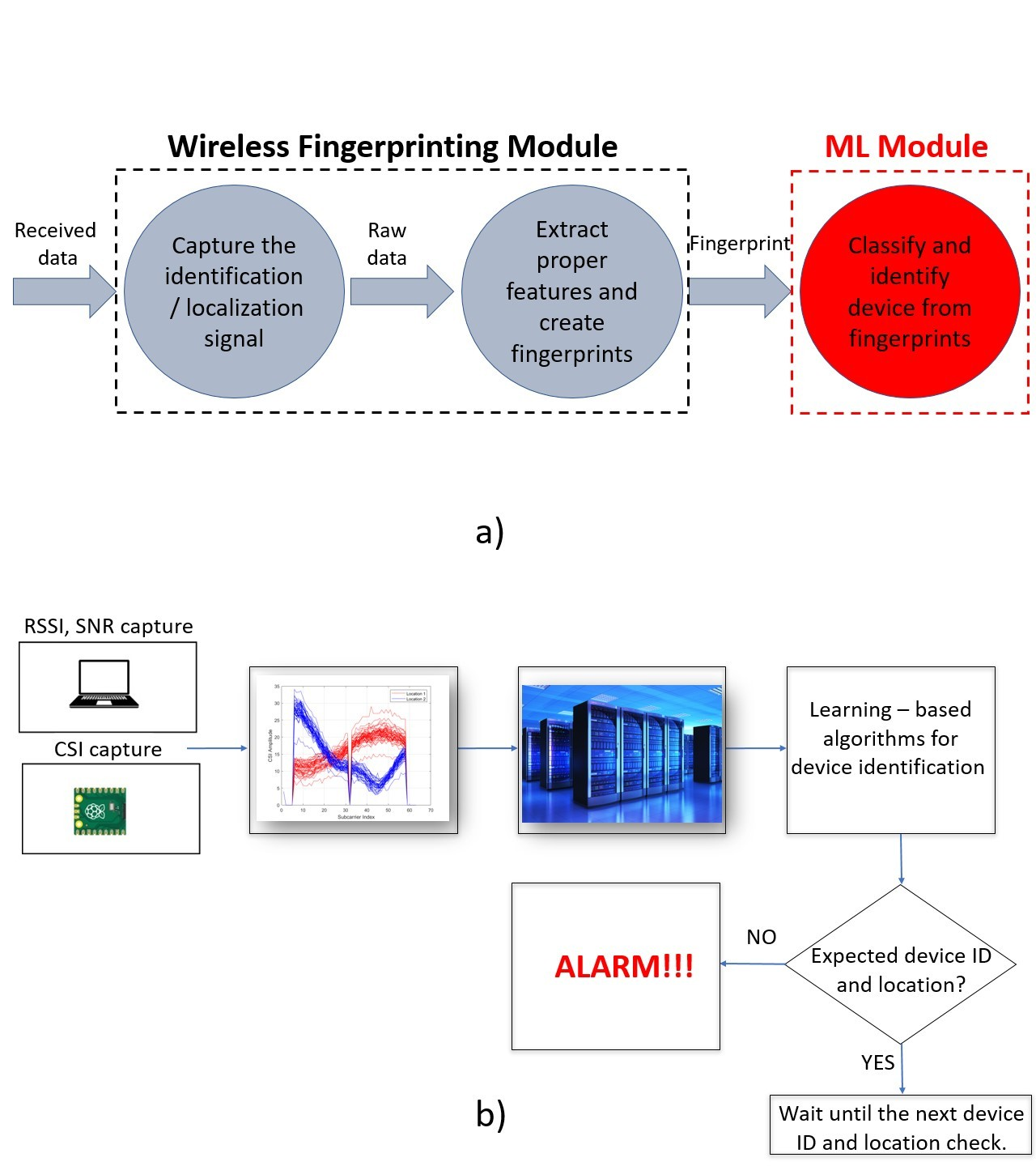Industrial Internet of Things (IoT) systems increasingly rely on wireless communication standards. In a common industrial scenario, indoor wireless IoT devices communicate with access points to deliver data collected from industrial sensors, robots and factory machines. Due to static or quasi-static locations of IoT devices and access points, historical observations of IoT device channel conditions provide a possibility to precisely identify the device without observing its traditional identifiers (e.g., MAC or IP address). Such device identification methods based on wireless fingerprinting gained increased attention lately as an additional cyber-security mechanism for critical IoT infrastructures. In this paper, we perform a systematic study of a large class of machine learning algorithms for device identification using wireless fingerprints for the most popular cellular and Wi-Fi IoT technologies. We design, implement, deploy, collect relevant data sets, train and test a multitude of machine learning algorithms, as a part of the complete end-to-end solution design for device identification via wireless fingerprinting. The proposed solution is currently being deployed in a real-world industrial IoT environment as part of H2020 project COLLABS.
翻译:在一种常见的工业情况下,室内无线IoT装置与接入点进行通信,以提供从工业传感器、机器人和工厂机器收集的数据。由于IoT装置和接入点的静态或准静态位置,对IoT装置信道条件的历史观测有可能在不观察其传统识别特征(例如MAC或IP地址)的情况下准确识别该装置。这种基于无线指纹的装置识别方法最近作为重要的IoT基础设施的附加网络安全机制而得到越来越多的注意。在本文中,我们系统地研究使用无线指纹识别设备的大量机器学习算法,用于最受欢迎的手机和Wi-Fi IoT技术的无线指纹。我们设计、实施、部署、收集相关数据集,培训和测试多种机器学习算法,作为通过无线指纹识别装置的完整端到端解决方案设计的一部分,作为COLLABS项目H20的一部分,目前正在在现实世界工业IoT环境中部署拟议的解决方案。

